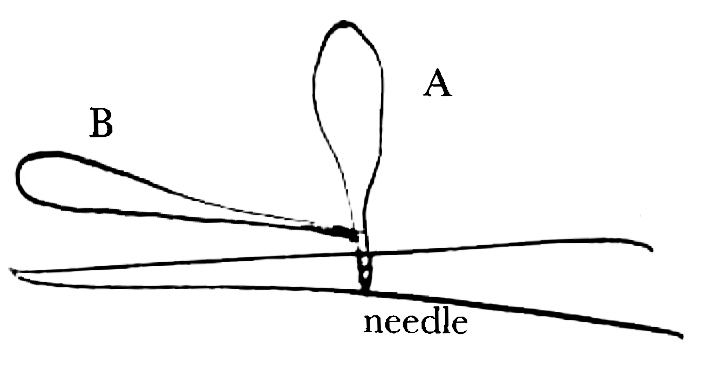My dear Sir
The Spiranthes came in splendid condition & I send you hearty thanks, for I have had a most interesting day’s work, & find new type of structure in rostellum.2 May I understand that you saw Dipterous insects insert their probosces into the flowers? If this is not so, will you please inform me, as otherwise I will say that you saw this.3 If you had seen them visit the earlier flowers you would have probably seen pollen-masses withdrawn (by curious contrivance) for they were all removed from older flowers. (If you happen to walk to place again pray have a look at the Flies.) Could you catch one? & send it me to name.
I concluded that the dreadful weather prevented you visiting E. palustris: I suppose now it is too late, but I shall be very much obliged for any observations next year. I am extremely curious to know what position the distal half of labellum holds in a fresh flower, as I could hardly judge of this in those sent.— Since writing I have examined E. latifolia, which I have in my garden, & am become more doubtful on the probability of my conjectures about the half of labellum closing after insect has crawled into flower of E. palustris; for the cap of the rostellum is so far easier removed by outward movement than by inward, that this perhaps alone would suffice.— But I shall be intensely curious to hear how case really is.—4
I am very glad you looked at O. pyramidalis;5 for though I have mentioned fact to some few I am not aware that anyone has looked at the movement. As I did not know whether you would care about the little fact, I did not mention a second movement which takes place, after the saddle of the pollen-mass has seized the needle:
 at first it holds the position at A, it then moves slowly (always) into position B, & the two pollen-masses diverge a little. Now if you poke the needle into the nectary of another flower, the pollen-masses hold such a position with respect to the needle (or proboscis of moth) that their apices infallibly strike against the two lateral stigmatic surfaces & leave grains of pollen on them.—6 I am not aware that Botanists have observed that the stigmas of this species are lateral & double quite different [from] in all other species (except O. conopsea). Is not all this a pretty relation to visits of insects?—
at first it holds the position at A, it then moves slowly (always) into position B, & the two pollen-masses diverge a little. Now if you poke the needle into the nectary of another flower, the pollen-masses hold such a position with respect to the needle (or proboscis of moth) that their apices infallibly strike against the two lateral stigmatic surfaces & leave grains of pollen on them.—6 I am not aware that Botanists have observed that the stigmas of this species are lateral & double quite different [from] in all other species (except O. conopsea). Is not all this a pretty relation to visits of insects?—
By the way my correspondent sent me a moth with the supposed pollen-masses of Bee-Orchis affixed to proboscis, & as he remarked it was very odd that the moth had bored through the footstalk of the pollen-masses!!— But alas the pollen-masses turned out to belong to O. pyramidalis; & the closely-fitting saddle had been mistaken for the bored footstalk!7
I hope that I have not wearied you with these details.
With very sincere thanks. Yours very faithfully | C. Darwin
Manuscript Alterations and Comments
Please cite as “DCP-LETT-2906,” in Ɛpsilon: The Charles Darwin Collection accessed on